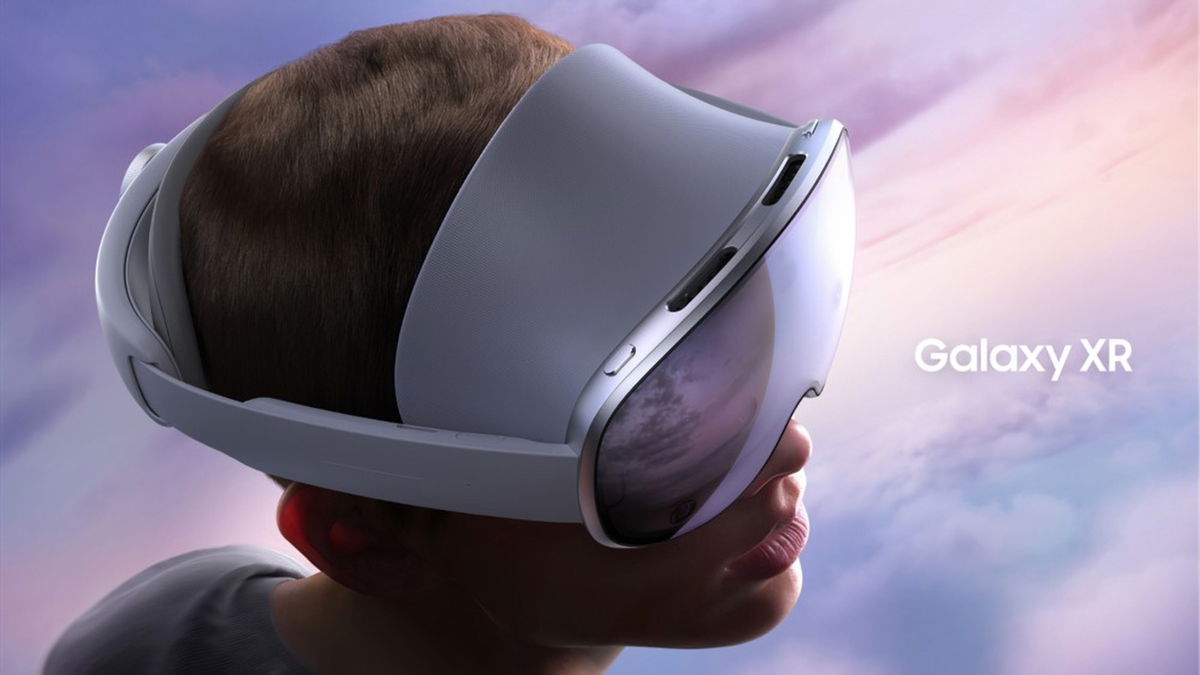Artificial intelligence (AI) is changing the way we work, communicate and play. However, a worrying class divide in access to this technology is also beginning to emerge. While many platforms offer free versions of their AI models, the most powerful ones are aimed at those who can afford their high prices. This creates two parallel worlds: one AI for the rich and one for the poor.
Growing Gap
A prime example of this separation is ChatGPT. OpenAI offers several versions of its model, from free to a premium version: ChatGPT Pro, which costs $200 per month. This exclusive plan includes unlimited access to cutting-edge models, enhanced voice interaction, and unlimited imaging capabilities. In comparison, the free version offers limited features that may be enough for occasional use, but don’t compete with the features paid users enjoy.
For some, $200 per month may seem like an exorbitant price, but for those who rely on AI in their daily work, this investment can be quite beneficial. For example, in programming, developers can save hours of work on repetitive tasks, allowing them to focus on more complex and creative tasks.
Recommended Videos
Is AI creating a class divide?
Alberto Romero, author of The Algorithmic Bridge (via Xataka), warns of a potential gap that could arise as companies market their most advanced models exclusively to those who can afford them. In this scenario, users with fewer resources will be downgraded to outdated or limited versions, which could impact their productivity and competitiveness in the job market.
The rule of supply and demand seems to dictate the future of AI. As Romero notes, many people won’t be able to afford these premium tools and will be forced to “compete with waste,” meaning they’ll settle for free or less advanced versions. Worse, their employers, with limited budgets, may further limit access to these technologies. This will not only widen the digital divide, but also exacerbate existing inequalities.
Global Impact

The gap between rich and poor in access to AI affects not only individuals, but entire countries. Those who can invest in cutting-edge technologies will gain a significant competitive advantage, increasing their productivity and leaving behind those who do not have the resources to get on the technological revolution train. This could perpetuate global inequality and limit development opportunities for many regions.
Advertising: a possible solution
All is not lost for those who cannot afford more advanced versions. An alternative would be an ad-based monetization model. As with streaming platforms like Netflix or Spotify, more affordable plans that include advertising may become available. While this model may have limitations, it will offer a more inclusive way to access advanced AI tools.
AI and inequality: a problem to solve
The artificial intelligence revolution promises to change the world, but it also brings new challenges. The class divide in access to these tools is a phenomenon we cannot ignore. While premium versions offer compelling benefits, they also raise ethical questions about how to ensure this technology is accessible to everyone.
The future of AI depends not only on technological advances, but also on political and social decisions that promote a fair distribution of its benefits. The question is not only whether there will be AI for rich and poor, but also how we can close this gap before it is too late.
Source: Digital Trends
I am Garth Carter and I work at Gadget Onus. I have specialized in writing for the Hot News section, focusing on topics that are trending and highly relevant to readers. My passion is to present news stories accurately, in an engaging manner that captures the attention of my audience.










